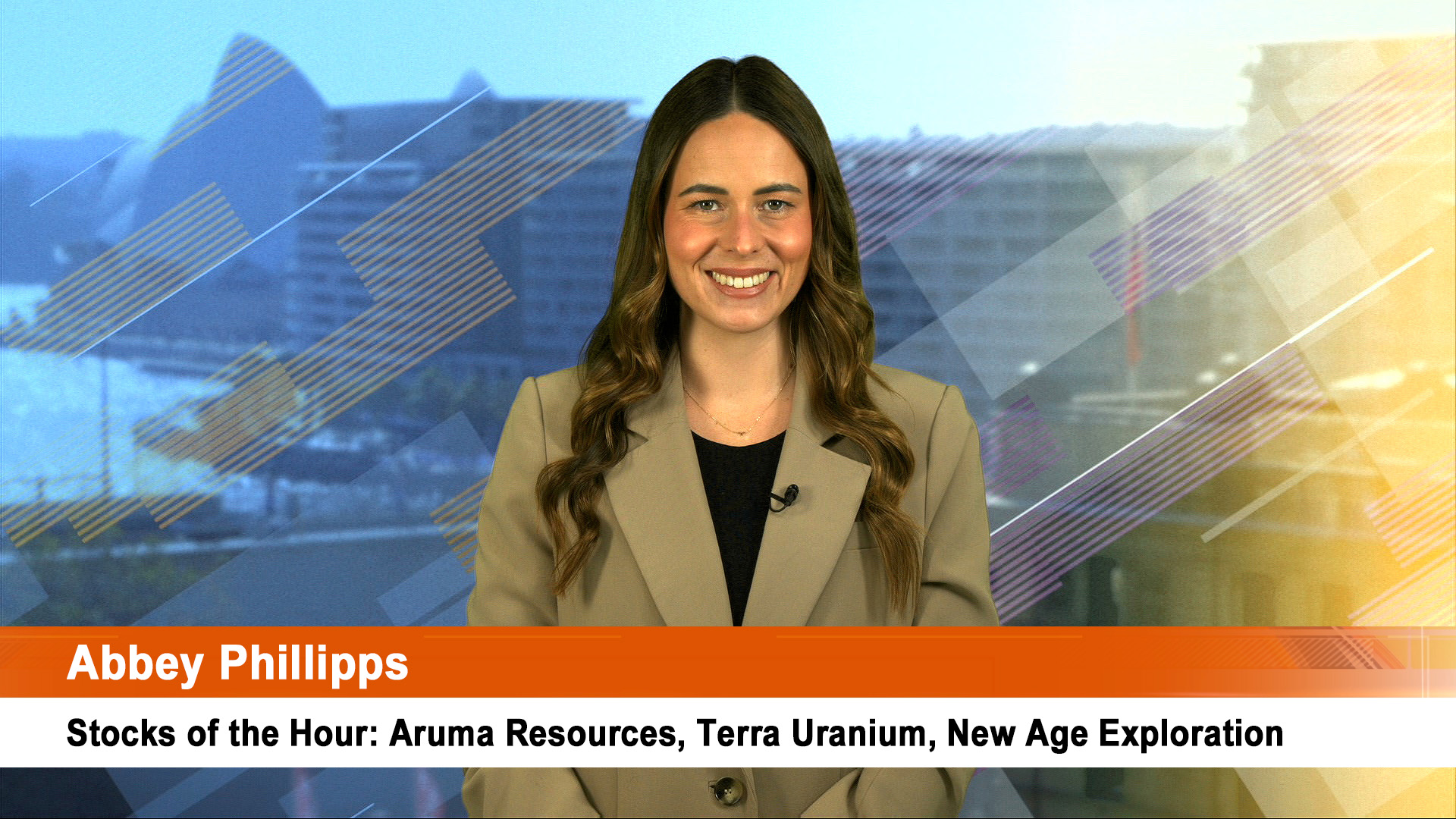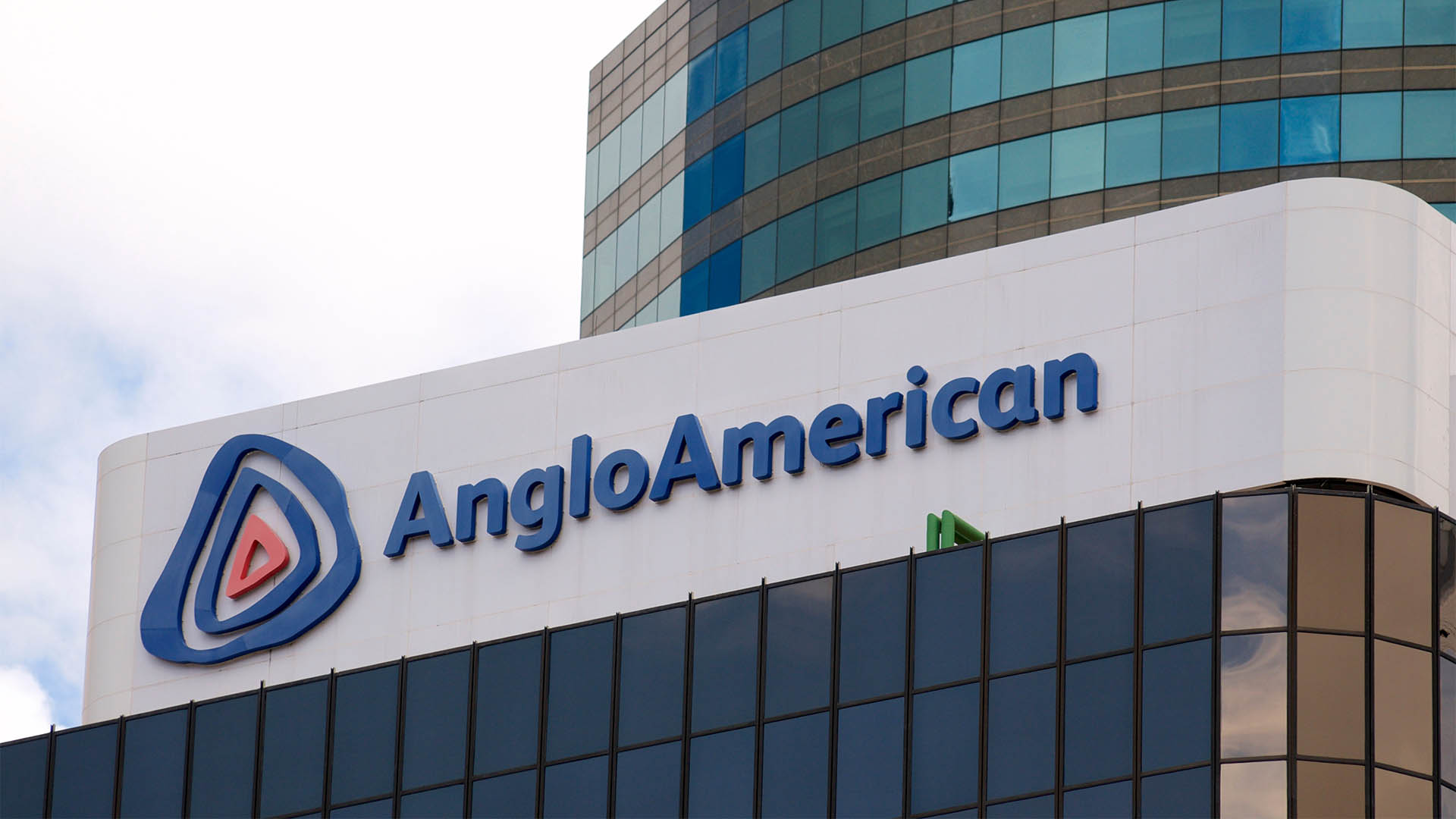Believe it or not, the Australian market had another week of relative outperformance last week.
After the big drop on Monday and the sluggish treading on a couple of other days, the gains by Friday’s close of 1.1% over the five days, were a bit hard to believe.
US shares rose 1%, hitting new record highs; Eurozone shares fell 1.5%, but Japanese shares gained 2.1% as they responded to the prospect of continuing stimulus from the Bank of Japan.
Asian markets were up 0.9% as well, with Chinese shares 0.1% higher and the Indian market jumping 3.8%.
Gold and silver rose, oil edged higher, but copper fell sharply.
Bond yields were mostly up over the week, except in Spain and Italy where they again fell.
The Euro and the $A rose to their highest levels for the year with the latter pushed up by much better than expected Australian economic data.
The Aussie ended the week on 90.68 USc.
While Friday was our market’s 5th anniversary of the start of the current boom, today marks the 5th anniversary in the US.
After a 57% fall in the GFC (especially after the Lehman Brothers collapse in September, 2008), the Standard & Poor’s 500 Index is up 178%.
The GFC low for ASX 200 was March 6 after a 54% fall. Since then it is up 74%.
Helping push US stocks higher has been the tech and net boom in the US, led by the likes of Google, Facebook, etc.
On Friday night, the S&P 500 index rose 1.01 points, or 0.1%, to close at 1,878.04, just topping the previous record set on Thursday.
The Dow rose 30.83 points, or 0.2%, to 16,452.72.
Both indexes posted their second week of gains. The S&P 500 advanced 1% for the week, while the Dow gained 0.8%.
The Nasdaq Composite however dropped or 0.4%, to 4,336.22. But the index had its fifth weekly gain in a row, rising 0.7%.
(But the share price futures market reckons our market will open a touch weaker this morning.)
The February trade figures for China will have the bears and other doomsayers in a tizz and that will probably help the market and the Aussie dollar to move lower during the day.
US markets took the ‘good’ news on jobs in their stride.
The US economy generated 175,000 new jobs last month, despite the harsh winter weather (and extra jobs were found for December and January, which were also affected by the weather), but the unemployment rate ticked up for the first time in 14 months to 6.7% from 6.6% as more people were looking for work.
Modest rebound for US jobs

The Stoxx Europe 600 index slumped 1.3% to close at 333.06, losing 1.5% on the week and marking the first weekly fall since January.
Germany’s DAX 30 index lost 2% to 9,350.75 and ended the week 3.5% lower.
London’s FTSE 100 index shed 1.1% on Friday, for a 1.4% weekly fall. France’s CAC 40 index lost 1.2% to 4,366.42 and ended the week 1% lower.
The big negative was the tension over Ukraine which also took a toll on Russian stocks, which had their worst weekly losses in just under two years.
The benchmark MICEX index finished up 0.1% to 1,339.36 on Friday, but it lost more than 7% on the week. The last time the MICEX fell that much was in May 2012.
The week started with dramatic losses for Russia over an escalation of the Ukraine crisis, with a drop of 11% on Monday.
Shares of gas giant Gazprom rose 0.3% in Moscow, but sank nearly 11% for the week.
That will be a nasty loss for our Future Fund which has around $100 million of the stock.
The Russian rouble had a loss of more than 1% against the dollar and a loss of 1.8% against the euro.
That’s even after Russia’s central bank lifted interest rates to 7% from 5.5% and spent over $US12 billion defending the currency.
In Australia, the ASX 200 Index rose 57.5 points, or 1.1% , over the week to 5462.3, while the All Ordinaries Index rose to 5477. On Friday the ASX 200 was up 0.3%.
Friday saw changes to the major market indices.
One important alteration was the dropping of Qantas from the ASX top 50 index, with James Hardie replacing it (itself a previous basket case).
And watch for a new substantial shareholding notice today or tomorrow from Leighton Holdings after some frenetic share dealings late last week.
Leighton said it couldn’t explain for a 12% rise on Thursday and Friday after responding to a query from the ASX.
Leighton shares hit their highest levels in 12 months on Friday at $20.72, up from $18.15 on Thursday morning.
Leighton said it was not aware of any information that could explain the trading in its stock and had no explanation for the price change.
The ASX also queried an increase in the volume of trading in Leighton’s shares, with some 2.6 million shares traded on Friday morning.
The surge in Leighton’s share price comes a week after Germany’s Hochtief, Leighton’s controlling investor, said it would continue buying Leighton shares.
Hochtief acquired some 3.4 million shares in Leighton between December 27 and February 3, increasing its total stake to 198.2 million shares or 58.77%.
Under Australian corporate law Hochtief can buy 3% of the company every six months. It has been doing that now for around a year.













